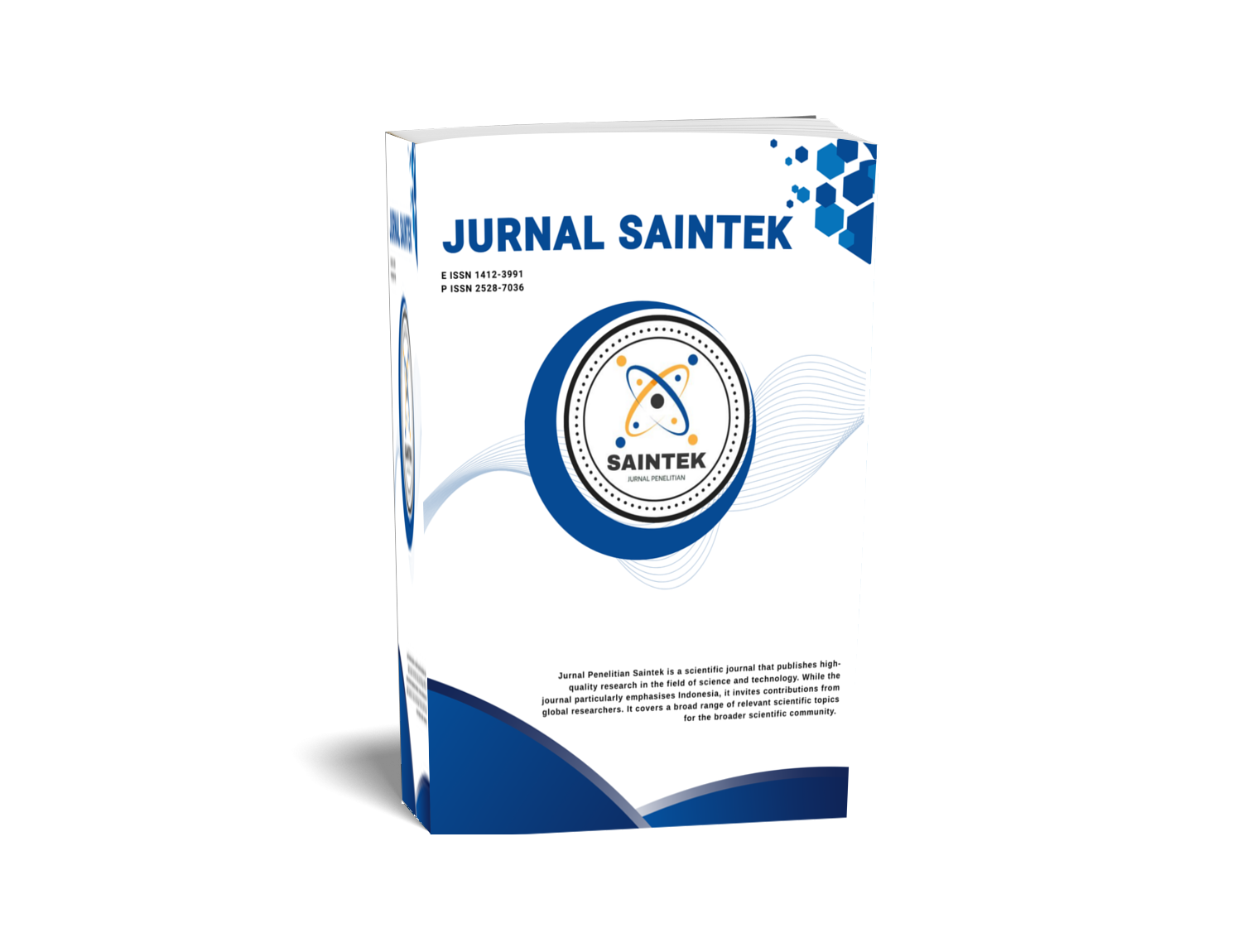INCREASING THERMIC EFFICIENCY OF LAND OIL COMPORT BY APPLYING THE HOUSEHOLD EFFECT PRINCIPLES
DOI:
https://doi.org/10.21831/jps.v7i2.5428Keywords:
Thermic efficiency, land oil comport, applying the household effect principlesAbstract
energy consumption is the household sector. Most of Indonesian householder, who is in the low up to middle class, uses kerosene as the main source energy in daily cooking. The objectives of this investigation are to study the effects of glass thickness and slope on the degree of kerosene-stove efficiency. The results of this research could be used as input in designing the characteristic of a glass concave . cover, which can produce the highest efficiency of a kerosene stove.
Design used in this research was factorial experimental design. The thickness and shape of the glass concave cover was considerable as the speed of heating process, which showed the degree of efficiency, was considered.as dependent variable. As the control variable, were room temperature, the length of stove's wick, water volume, initial temperature of water, observation range of temperature, type of stove, and the kerosene quantity in the stove tank. Based on the research design, data were analyzed by two-direction variance analysis. With this method, it could be shown whether the thickness and slope and the degree of the stove efficiency will be shown graphically. Base on the result of the data analysis, it can concluded that (1) the slope of the glass concave cover affect the degree of the stove efficiency, (2) The thickness of the cover did not effect the degree of the stove efficiency, (3) at the slope of 82 degree, it was shown that the efficiency was maximum, (4) in comparison to unmodified stove, the modified stove with glass concave cover had an efficiency of 25, 8 % higher at the slope of 82 degree.
Downloads
How to Cite
Issue
Section
Citation Check
License
Who Can Submit?
Any individual may submit an original manuscript for consideration for publication in Jurnal Penelitian Saintek as long as they hold the copyright to the work or are authorized by the copyright owner(s) to submit it. Authors retain initial ownership of the copyrights to their works prior to publication, except in cases where, as a condition of employment, they have agreed to transfer copyright to their employer.
User Rights
Jurnal Penelitian Saintek is an Open Access journal. Users are granted the right to read, download, copy, distribute, print, search, or link to the full texts of articles, provided they comply with the conditions of the Creative Commons Attribution-ShareAlike License 4.0 (CC BY-SA 4.0).
https://creativecommons.org/licenses/by-sa/4.0/
Author Rights
Authors retains copyrights.
Jurnal Penelitian Saintek by http://journal.uny.ac.id/index.php/saintek is licensed under a Creative Commons Attribution-ShareAlike 4.0 International License.










